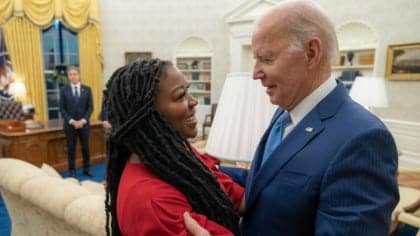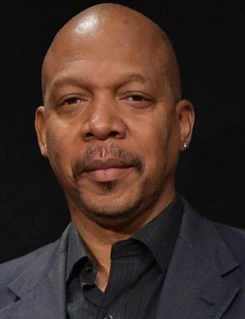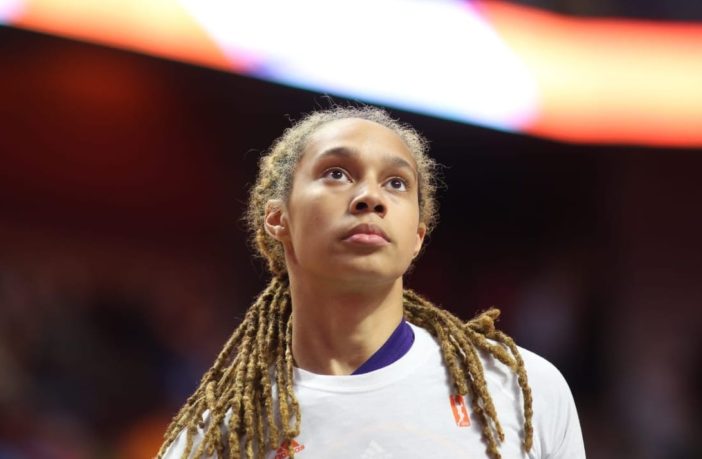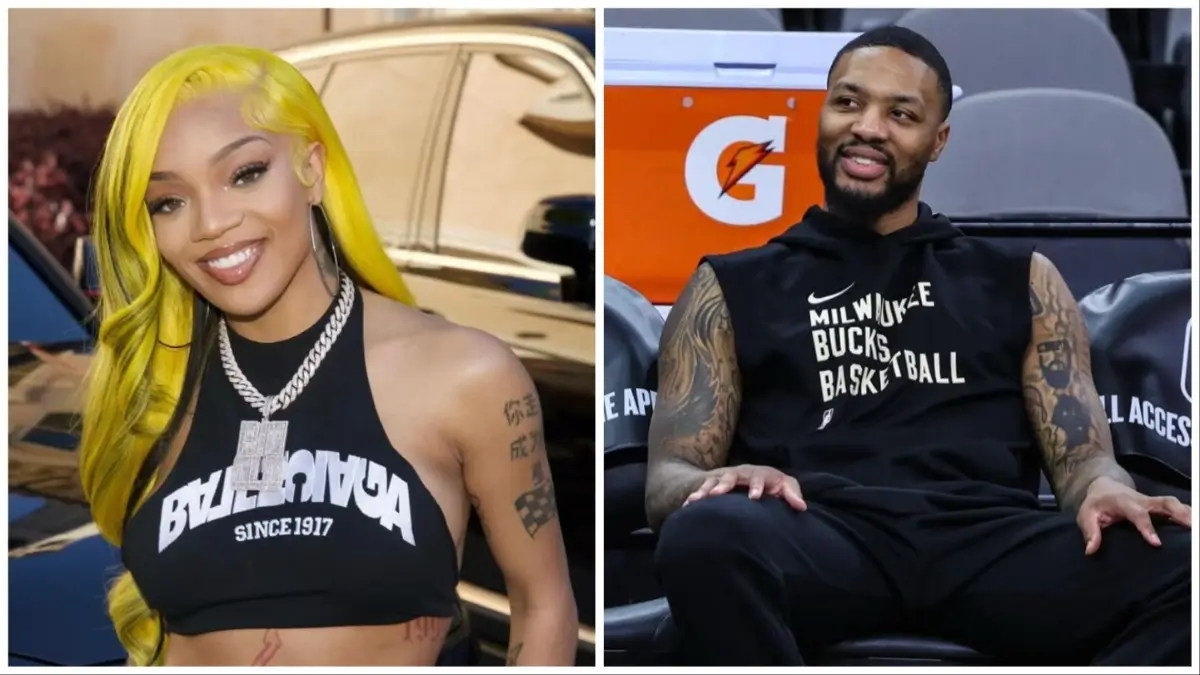Brittney Griner No. 42 of the Phoenix Mercury during warm up before the Connecticut Sun Vs Phoenix Mercury, WNBA regular season game at Mohegan Sun Arena on August 20th, 2017 in Uncasville, Connecticut. (Photo by Tim Clayton/Corbis via Getty Images)
Editor’s note: The following article is an op-ed, and the views expressed are the author’s own. Read more opinions on theGrio.
Griner’s release from a Russian penal colony was high on many wish lists, including fans who are upset that WNBA players earn tens of millions less than their NBA brethren. Her release reignited the debate over the pay disparities between the WNBA and the NBA. WNBA salaries were a major part of Griner’s 10-month ordeal that ended Dec. 8.
Why was she detained?
Officially, authorities accused her of carrying vape cartridges that contained cannabis oil as she entered the country on Feb 17. Her lawyers said Griner has a prescription, to help her with pain, but inadvertently brought the substance into the country with other belongings packed in her luggage. Griner pleaded guilty during her trial in July.

Unofficially, her celebrity as an international basketball star could’ve played a role. Griner is an eight-time WNBA all-star who has won two Olympic gold medals. Standing 6-foot-9 with well-tatted arms and (formerly) long locs, she’s among the world’s most recognizable women athletes, making her attractive as a bargaining chip if that was the Russians’ goal.

Why was she there in the first place?
Like many of her peers, Griner has flown overseas the past several seasons for a really nice bag.
UMKC Ekaterinburg pays her more than $1 million to play hoops in Russia, dwarfing her WNBA paycheck for the same job in America. But even if she made identical money with the Phoenix Mercury, it’d be difficult to pass up another mill. People grind away on side hustles for a whole lot less. Besides, women basketball stars are valued and treated well overseas, where they can work on their craft and explore foreign cultures while cashing in.
“Mostly we go because there’s a ton of money,” legendary point guard Sue Bird told ESPN.
What does Griner earn over here?
She certainly does well compared to most of us. The average U.S. income in 2021 was $97,962; the median U.S. income was $69,717. Griner is among the WNBA’s elite, tied for the league’s fourth-highest base salary at $227,900. Another revenue stream flows from an endorsement deal with Nike, which made her the company’s first openly gay athlete under contract.
In January, the WNBA and its players’ union agreed on a new labor agreement contract that increased pay and improved benefits (including the addition of paid maternity leave). Average compensation topped $100,000 for the first time; the minimum salary increased to $57,000 for rookies and $68,000 for more experienced players. Maximum salaries nearly doubled from $117,500 to $215,000.
How does that compare to the NBA?
They’re not close to being in the same league financially. The average NBA player earns $5.3 million a year; the average WNBA player brings in $130,000 a year. The difference among elite players is more striking. Stephen Curry tops the NBA list at $48 million, compared to the highest-paid WNBA stars (Diana Taurasi, Jewell Loyd and Breanna Stewart) who earn $228,094.
The disparity in pay reflects the disparity in earning power. The NBA began in 1946 and has evolved into a global brand with projected annual revenue of $10 billion. On the other hand, the WNBA is celebrating its 25th anniversary and enjoys annual revenue estimated at about $60 million. WNBA attendance, ticket prices and TV ratings are considerably lower than in the NBA, which also has a much longer season.
Do WNBA players want equal pay?
The players understand economics enough to know their league would go bankrupt if it paid NBA salaries. As things stand now, the women’s league is subsidized by the NBA and is not yet profitable. A $75 million fundraising round, announced in February, is hoped to improve the WNBA’s business model, generating growth and new revenue.

Calls for equity are aimed at the revenue pool, not individual paychecks. “We’re not asking to get paid what the men get paid,” Las Vegas Aces star Kelsey Plum told “The Residency Pod” recently. “We’re asking to get paid the same percentage of revenue shared.
“There is a big misunderstanding here,” she said. “Let me be clear: I don’t think I should make as much money as LeBron. But for example, in Mandalay Bay, they sell my jersey, and I don’t get a dime.”
NBA players receive around 50 percent of shared league revenue, which forms the salary cap that each team must abide by. The cap for next season is expected to be a record $134 million per team. In the WNBA, the salary cap is about $1.4 million per team; players receive a 50-50 split of league revenue only if the league meets prescribed goals.
How can WNBA players earn more without going overseas?
Better pay in women’s basketball — and other sports — is an ongoing process. “As women in sports, we have to play the long game,” agent Allison Galer told the Los Angeles Times.
A number of issues need to be addressed along the way, including improved marketing, accommodations, sponsorships, attendance, merchandising and TV ratings.
“Everyone wants to go straight to salaries,” Los Angeles Sparks forward Katie Lou Samuelson told the Times. “But there are so many different things that need to be stepping stones before that happens, too.”
The recent labor agreement includes a policy that pushes players to prioritize the WNBA instead of overseas opportunities. Last year, according to ESPN, 35 players reported late to training camp and 12 missed games at the start of the season. Under the new deal, players can be suspended for the entire season if they aren’t there at the beginning.
Stewart, who reportedly earns about $1.5 million per year overseas, understands the league’s desire to come first. But turning down a million dollars won’t be easy. “As players, we want to continue to grow the league on and off the court,” she told ESPN. “But it has to be right for us, too.
“The marketing around women’s basketball is getting much better. But it’s going to continue to take more than that.”

Deron Snyder, from Brooklyn, is an award-winning columnist who lives near D.C. and pledged Alpha at HU-You Know! He’s reaching high, lying low, moving on, pushing off, keeping up, and throwing down. Got it? Get more at blackdoorventures.com/deron
TheGrio is FREE on your TV via Apple TV, Amazon Fire, Roku, and Android TV. Please download theGrio mobile apps today!



